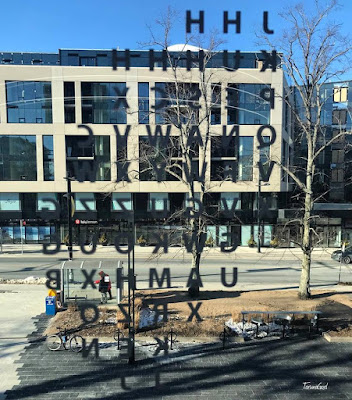In the
business world and specifically in the learning world, there has been a lot
of discussion about training and learning and between creating a training culture versus nurturing a learning culture. And this discussion
isn't new.
A
popular article by Eileen Garger, Goodbye Training, Hello Learning, was published
in Workforce, November 1999, Vol. 78, No. 11, pp. 35-42. That was 20 years ago.
In the article, Eileen says:
"Training
as something provided for employees will be replaced by learning that employees
initiate themselves. Training, when available, will be replaced by learning,
when needed. Training for the masses will be replaced by highly customized,
just-for-me learning."
20 years later, how are we doing?
In the same article, Mark Laurin, director of global HR training and development for Rosemont, Illinois-based Galileo International cautions about technology and says:
In the same article, Mark Laurin, director of global HR training and development for Rosemont, Illinois-based Galileo International cautions about technology and says:
“We
have to think less like trainers and more like business professionals. We have
to forget for a moment the high-tech gizmos, so that we can focus on the big
picture. And the big picture is that performance problems aren't always solved
by training. We must become fluent and comfortable with evaluating what we do,
and recommend non-training solutions when appropriate.”
Have we made the move from training to performance?
Brigitte
Jordan, Ph.D. in his extremely insightful article,"From Training to Learning in the New Economy" writes:
"Training
has come under the gun because conventional training organizations regularly
can't deliver the goods. Whatever learning needs to happen for getting work
done at the front line -- on production floors, in sales, or in customer
service -- often is not generated, or even recognized as needed, by the
training organizations."
He goes on to say:
He goes on to say:
"...the
question is not how to make training more efficient but how to make learning
more effective.”
If
there was a quick way to highlight the difference between training and
learning, I'd say this: training is not learning; learning is work and
work is learning.
I view
the move from a training culture to a learning culture as a continuum - it may seem tedious and difficult but every step counts.
The
journey can be challenging as it involves letting go of control and moving from a centralized,
hierarchical, traditional department to a distributed, personalized, 24x7 endeavor. Organizations and individuals who support a learning culture look at learning
as a continuous process rather than an isolated event that happens in a training room, a
course or a workshop.
For true learning culture, organizations need to move away from encouraging efficiency and control and instead focus on enabling effectiveness and self-directed behaviours.
 |
| The journey of a thousand miles begins with one step. -Lao Tzu |
For true learning culture, organizations need to move away from encouraging efficiency and control and instead focus on enabling effectiveness and self-directed behaviours.
The question is, are
you designing and delivering training but find that little or
no learning is taking place? Do you feel trapped in the 'death valley' of
workplace learning? Here are a few thoughts on how we can walk the road of learning, performance and change.






